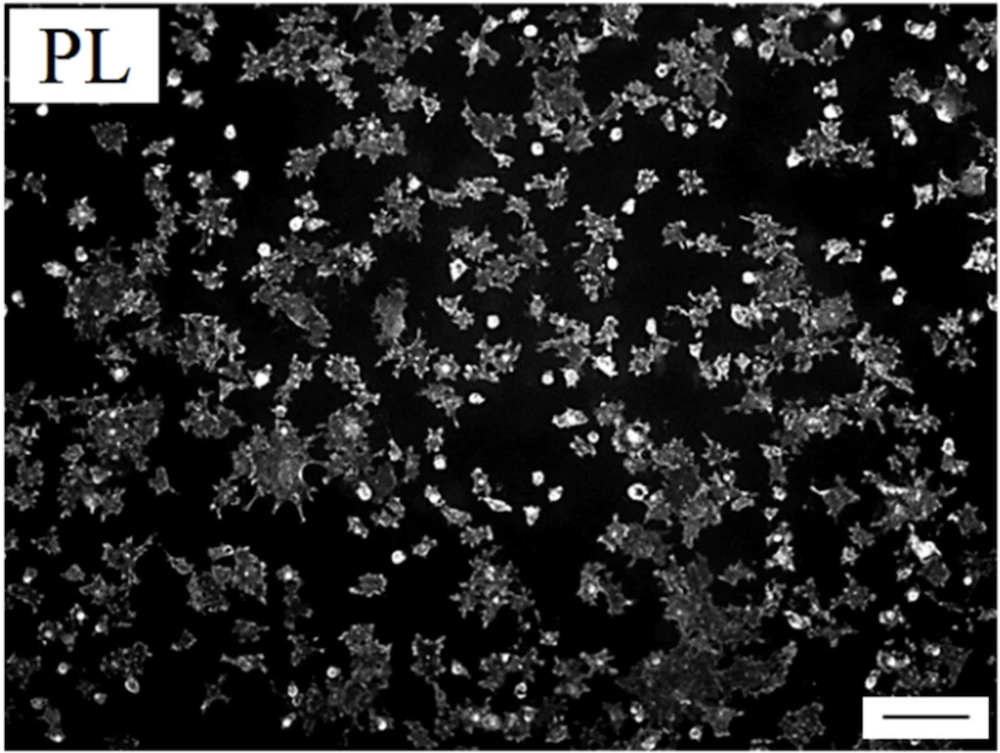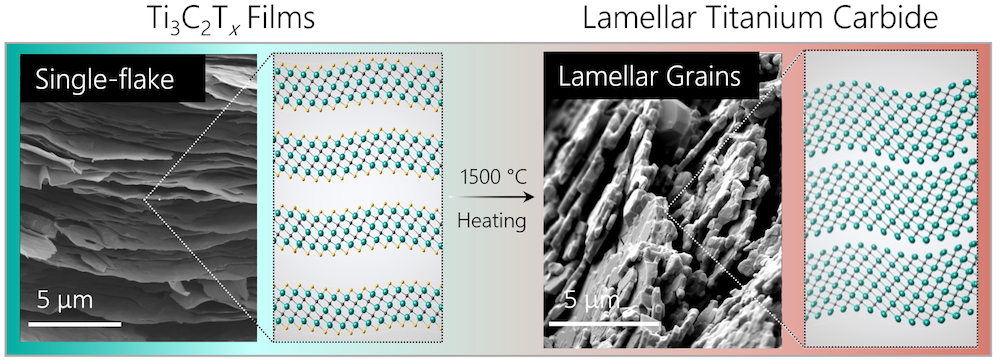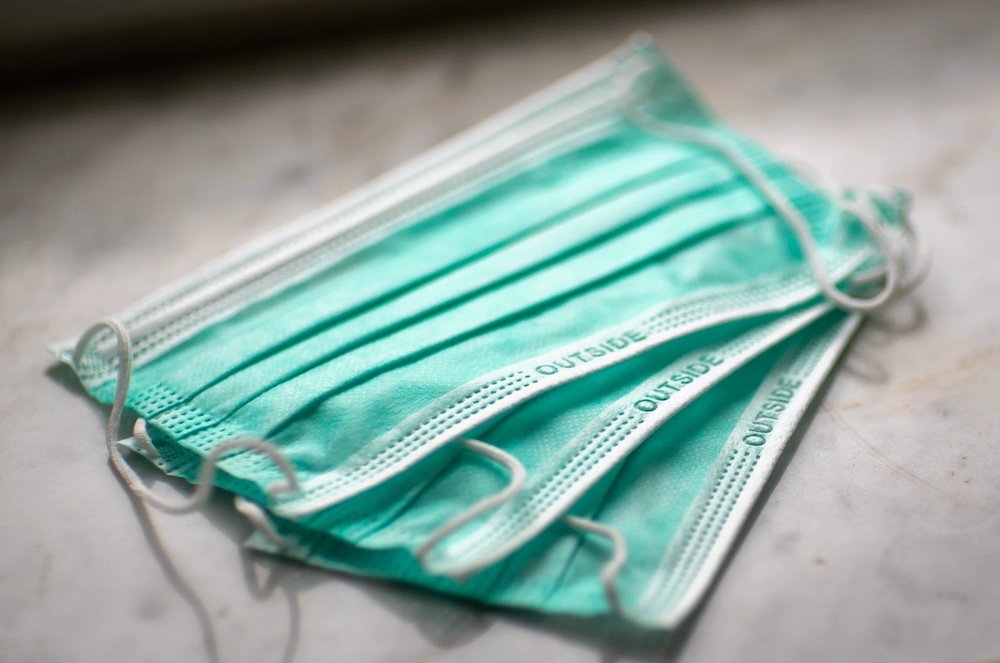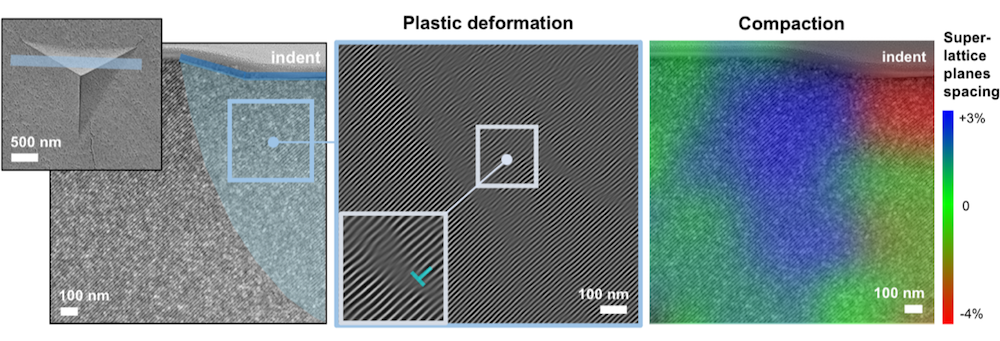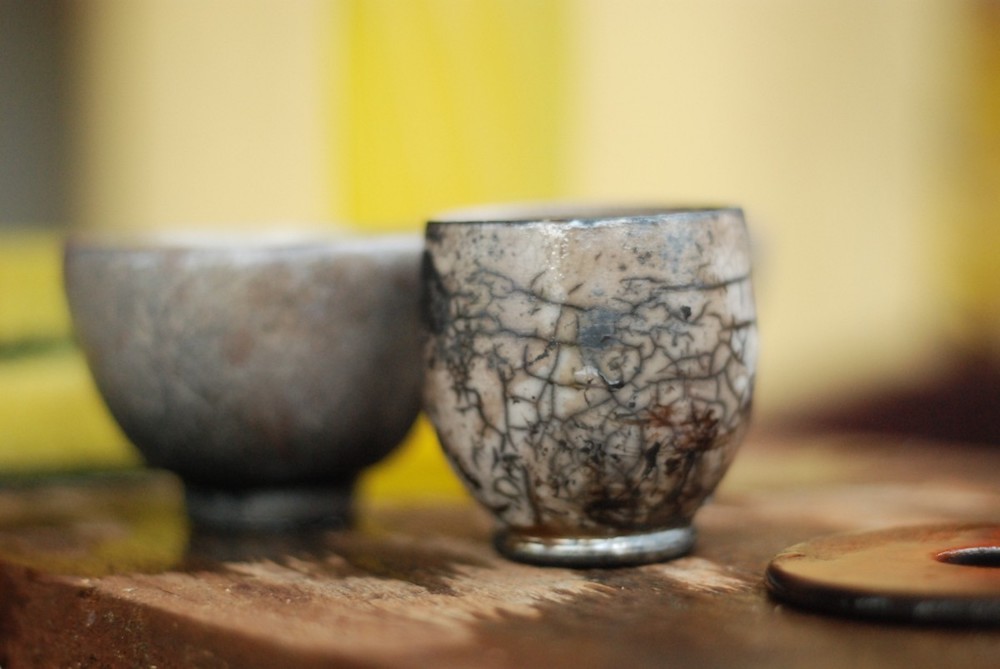MAX phases are layered ceramic materials with both ceramic and metal-like properties, as well as good radiation tolerance, making them ideal candidates for use in next-generation nuclear power technologies. Two recent papers investigate the irradiation of Cr2AlC to determine its potential for this application.
Read MoreIn implants and scaffolds containing bioactive glass, the relationship between device structure and biological performance is complicated by the formation of a highly complex interfacial layer. In two papers, Lehigh University researchers begin to untangle the interaction among structure, protein adsorption, and cell attachment.
Read MoreSecond-harmonic generation is a nonlinear optical process that allows for the creation of low-power and compact light sources. Researchers in China discovered nanocrystal-in-glass composites exhibit a similar but different phenomenon called transverse second-harmonic generation that would allow for the creation of light sources with expanded capabilities.
Read MoreArtists and scientists alike find inspiration in nature. But two recent scientific studies found inspiration in the same creature: the mantis shrimp. The creature’s incredibly tough materials and complex eyes inspired innovations that could lead to fracture-resistant biocomposites and highly advanced optical sensors.
Read MoreMXenes hold potential as additives in ultrahigh-temperature ceramics to improve mechanical properties—but a gap in understanding the phase stability and transformation of MXenes at high temperatures limits this application. Researchers at Indiana University–Purdue University Indianapolis investigated these properties in titanium carbide MXenes.
Read MoreThe 2D material borophene holds a lot of potential due to its flexibility, strength, and diverse atomic structure—but rapid oxidation of borophene in air makes application difficult. Researchers led by Northwestern University experimentally investigated the hydrogenation of borophene to see how well it stabilizes the material for practical use.
Read MoreFace masks are everywhere today—yet despite the vast array of choices, there is a disappointing lack of information about how effective each of those choices are. A newly released ASTM International standard finally provides a validated set of consensus metrics to evaluate the efficiency of consumer face masks.
Read MoreBasalt fiber is another material besides carbon and glass being considered to reinforce polymer composites. Researchers in Malaysia and Brazil compared the wear characteristics of epoxy composites reinforced with either basalt or glass fiber to understand the differences in their tribological performance.
Read MoreOrganically linked supercrystals are an emerging type of nanocomposite that could prove useful in next-generation electronic devices and as biomimetic structural materials. Researchers led by the Hamburg University of Technology in Germany have conducted several studies on these materials, with the most recent one exploring its deformation mechanisms.
Read More

